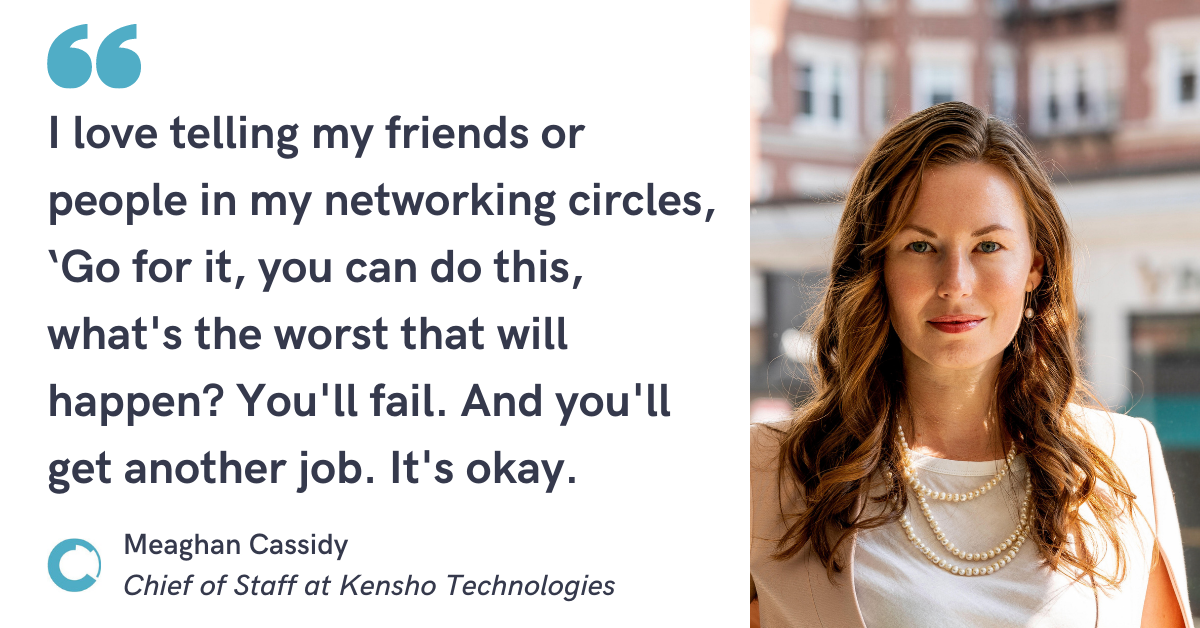Take the next step in your career path.
Career advice, diverse stories, and more
Articles about learning
Articles about learning
Feb 02, 2018
Productivity Planning When You Know You're Overwhelmed
balancedentrepreneurinstagram.comtrainingproductivitymondaybenefitcorporationpomodoromethodonlinelearningentrepreneurlearningskillsharemanchesterjobsweddingphotographermanchesterweddingphotographyweddingvideographydowhatmakesyouhappyweddingvideographerluxuryweddingplannerjonbirdweddingsweddingphotographernorthwestlivethedreamlondonweddingvideographermarketingtipsbusinessschoolweddingcinematographylondonweddingphotographerproductivityplanner
Nov 29, 2017
How I Write - It Starts With A Timer That Looks Like A Tomato
reference / generalpsychologyapplied psychologyflow: the psychology of optimal experience (harper perennial modern classics)psychology / personalitypsy000000self-help/personal growth - happinessattentionthe selfpsy023000personalitypsychology / generalpersonal growth - happinessidentity0061339202psychology / creative abilitypsychology / applied psychologymihaly csikszentmihalyigeneralpersonal guidanceegoharper perennial modern classicsself-help / personal growth / happinesshappinessamazon.comtrainingproductivitymondaybenefitcorporationpomodoromethodonlinelearningentrepreneurlearningskillshareinstagram.comwriting focus
Load More
Get email updates from PowerToFly
Our Company
Popular Jobs
Popular Remote Jobs
Popular Jobs Locations
© Copyright 2024 PowerToFly



